Home>Home Appliances>Cleaning Appliances>What Type Of Energy Does A Vacuum Cleaner Use
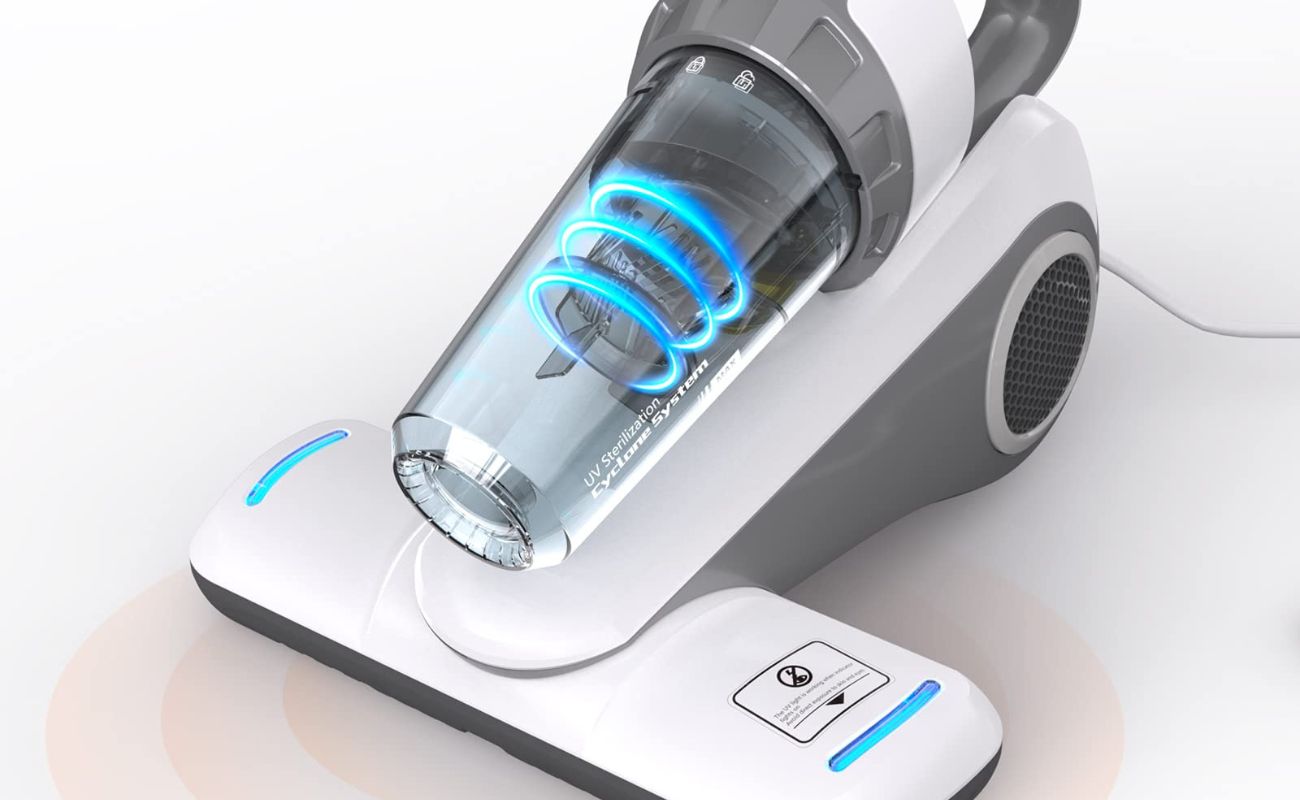

Cleaning Appliances
What Type Of Energy Does A Vacuum Cleaner Use
Modified: January 9, 2024
Discover the energy source for vacuum cleaners and learn about the best cleaning appliances. Find out which type of energy is used for efficient cleaning.
(Many of the links in this article redirect to a specific reviewed product. Your purchase of these products through affiliate links helps to generate commission for Storables.com, at no extra cost. Learn more)
Introduction
Welcome to the world of vacuum cleaners, where the quest for a cleaner, healthier home meets the marvels of modern technology. As we go about our daily lives, dust, dirt, and debris accumulate on our floors and carpets, necessitating a reliable and efficient cleaning solution. This is where the humble vacuum cleaner steps in, ready to suck up the mess and leave our living spaces spotless.
Have you ever wondered about the inner workings of a vacuum cleaner? Or perhaps pondered the types of energy that power these essential home appliances? In this article, we will delve into the fascinating realm of vacuum cleaners, exploring how they function and the various forms of energy that drive their cleaning prowess. So, let’s embark on this enlightening journey to uncover the secrets behind the energy that fuels our trusty vacuum cleaners.
Key Takeaways:
- Vacuum cleaners are powered by electricity or batteries, providing efficient cleaning solutions for homes. Electric models offer consistent suction and versatility, while cordless options offer mobility and eco-friendly benefits.
- The evolution of vacuum cleaners reflects a commitment to energy efficiency and user convenience. Electric models integrate seamlessly into daily routines, while cordless options offer mobility and eco-conscious design.
Read more: How To Use A Vacuum Cleaner
How Does a Vacuum Cleaner Work?
Before we unravel the types of energy that power vacuum cleaners, it’s essential to understand the fundamental principles of their operation. At the heart of every vacuum cleaner lies a mechanism designed to create suction, which is the force responsible for lifting dirt and debris from floors, carpets, and other surfaces.
When you switch on a vacuum cleaner, the electric motor inside it springs to life, generating suction by creating a partial vacuum. This suction is produced as air is rapidly drawn into the vacuum cleaner through an intake, typically located at the base of the appliance. As the air rushes into the vacuum, it carries along with it any loose particles and debris in its path, effectively cleaning the surface being vacuumed.
Simultaneously, the vacuum cleaner’s internal filtration system plays a crucial role in trapping the debris and preventing it from re-entering the surrounding environment. Most modern vacuum cleaners are equipped with filters that capture dust and allergens, ensuring that the expelled air is clean and free from contaminants.
Additionally, some advanced vacuum cleaners incorporate features such as rotating brushes or beater bars, which agitate the carpet or floor surface to dislodge embedded dirt, making it easier for the suction to remove stubborn particles. These components work in tandem, enhancing the cleaning efficiency of the vacuum cleaner and leaving your floors looking pristine.
Now that we’ve gained insight into the operational dynamics of vacuum cleaners, let’s venture into the realm of energy sources that power these indispensable household appliances.
Types of Energy Used in Vacuum Cleaners
When it comes to powering the cleaning prowess of vacuum cleaners, there are primarily two main types of energy sources in use: electricity and battery power. Each of these energy forms offers distinct advantages and considerations, catering to the diverse needs and preferences of users.
Electricity
Electricity serves as the predominant energy source for a vast majority of vacuum cleaners. These appliances are designed to be plugged into standard electrical outlets, harnessing the power of alternating current (AC) to drive their motors and create suction. The convenience of continuous power supply from the electrical grid ensures that electric vacuum cleaners can operate for extended durations without the need for recharging or battery replacements.
Moreover, electric vacuum cleaners often boast robust motor capabilities, delivering consistent suction strength for thorough cleaning. The availability of various models, ranging from compact corded vacuums to powerful upright units, showcases the versatility and adaptability of electrically powered vacuum cleaners to suit diverse cleaning requirements.
Battery Power
In recent years, the advent of advanced battery technologies has paved the way for a new generation of cordless vacuum cleaners. These innovative appliances are powered by rechargeable batteries, offering unparalleled freedom of movement and portability during cleaning tasks. By harnessing the energy stored in lithium-ion or other high-performance batteries, cordless vacuum cleaners eliminate the constraints imposed by power cords, enabling users to navigate and clean various areas with ease.
The flexibility and maneuverability afforded by battery-powered vacuum cleaners make them ideal for quick cleanups and reaching confined spaces where traditional corded models may be less practical. Furthermore, the ongoing advancements in battery technology have led to improved runtime and performance, enhancing the appeal of cordless vacuum cleaners as convenient and efficient cleaning solutions.
As the demand for eco-friendly and energy-efficient appliances continues to rise, manufacturers are increasingly focusing on optimizing the energy consumption and sustainability of vacuum cleaners, regardless of the power source utilized.
Now that we’ve explored the diverse energy sources that drive vacuum cleaners, let’s reflect on the significance of these appliances in maintaining clean and healthy living environments.
Read more: What Type Of Energy Does A Light Bulb Use
Electricity
Electricity serves as the lifeblood of the majority of vacuum cleaners, powering these essential home appliances with remarkable efficiency and reliability. When it comes to electric vacuum cleaners, the seamless integration of electrical energy enables them to deliver consistent suction power, making light work of cleaning tasks across various surfaces.
One of the defining features of electric vacuum cleaners is their ability to harness the ubiquitous power supply from standard electrical outlets. This direct access to the electrical grid ensures uninterrupted operation, allowing users to clean their homes without concerns about battery depletion or recharging intervals. Whether it’s a compact handheld vacuum or a robust upright model, electric vacuum cleaners offer the convenience of continuous power, eliminating the need for frequent pauses to recharge or replace batteries.
The electric motors at the core of these vacuum cleaners are engineered to efficiently convert electrical energy, typically in the form of alternating current (AC), into mechanical energy. This transformation enables the motors to drive the fan or impeller, generating the suction force that propels the cleaning prowess of the vacuum cleaner. As a result, users can rely on consistent and potent suction to effectively remove dirt, dust, and debris from floors, carpets, and other surfaces.
Furthermore, the versatility of electric vacuum cleaners is exemplified by the diverse range of models available, each tailored to specific cleaning requirements and user preferences. From bagged and bagless canister vacuums to powerful upright units, electric vacuum cleaners cater to a myriad of cleaning needs, offering various features and functionalities to enhance the cleaning experience.
Amid the evolving landscape of energy-efficient appliances, manufacturers continue to innovate electric vacuum cleaners with a focus on optimizing power consumption and environmental sustainability. By integrating advanced motor technologies and energy-saving mechanisms, modern electric vacuum cleaners strive to deliver exceptional cleaning performance while minimizing their ecological footprint.
As we embrace the convenience and effectiveness of electric vacuum cleaners, it’s evident that these appliances play a pivotal role in upholding cleanliness and hygiene within our living spaces, contributing to healthier indoor environments for occupants.
A vacuum cleaner typically uses electrical energy to power its motor, which creates suction to pick up dirt and debris from floors and surfaces. Make sure to plug it into a power source to use it effectively.
Battery Power
In the realm of vacuum cleaners, the advent of battery-powered innovations has ushered in a new era of convenience and flexibility, redefining the way we approach cleaning tasks. Cordless vacuum cleaners, propelled by rechargeable batteries, offer unparalleled mobility and versatility, liberating users from the constraints of power cords and electrical outlets.
At the heart of cordless vacuum cleaners lies the remarkable potential of advanced battery technologies, particularly the widespread adoption of lithium-ion batteries renowned for their high energy density and rechargeability. These batteries serve as the powerhouse that fuels the cleaning prowess of cordless vacuum cleaners, empowering users to navigate and clean various areas with unparalleled freedom.
One of the standout advantages of battery-powered vacuum cleaners is their portability, allowing users to effortlessly move from room to room and tackle cleaning tasks without being tethered to power outlets. This agility proves especially beneficial for quick cleanups and reaching confined spaces where traditional corded vacuum cleaners may pose logistical challenges.
Moreover, the ongoing advancements in battery technology have led to notable improvements in runtime and performance for cordless vacuum cleaners. With extended battery life and rapid recharging capabilities, these appliances offer enhanced operational efficiency, ensuring that users can accomplish their cleaning endeavors with minimal interruptions.
As the demand for eco-friendly and energy-efficient cleaning solutions continues to rise, manufacturers are placing a strong emphasis on optimizing the energy consumption and sustainability of battery-powered vacuum cleaners. By integrating intelligent power management systems and eco-conscious design practices, these appliances strive to deliver exceptional cleaning performance while minimizing their environmental impact.
Furthermore, the evolving landscape of battery-powered vacuum cleaners encompasses a diverse array of models, ranging from compact handheld units to versatile stick vacuums, each tailored to meet specific cleaning needs and lifestyle preferences. This diversity underscores the adaptability and consumer-centric approach embraced by manufacturers in catering to the varied requirements of users.
With their seamless blend of cutting-edge battery technology and user-centric design, cordless vacuum cleaners exemplify the convergence of convenience, performance, and sustainability, empowering users to maintain clean and healthy living environments with unparalleled ease.
Conclusion
As we conclude our exploration of the energy sources that power vacuum cleaners, it’s evident that these indispensable appliances play a pivotal role in maintaining clean, healthy, and inviting living spaces. Whether driven by electricity or battery power, vacuum cleaners embody the fusion of technological innovation and practical functionality, offering diverse solutions to address the cleaning needs of households and commercial environments.
The enduring reliance on electricity as the primary energy source for vacuum cleaners underscores the seamless integration of these appliances into our daily routines. Electric vacuum cleaners, ranging from compact handheld units to powerful upright models, harness the consistent power supply from standard electrical outlets, delivering robust suction and versatile cleaning capabilities. The evolution of electric vacuum cleaners continues to prioritize energy efficiency and sustainability, aligning with the growing emphasis on eco-friendly home appliances.
Meanwhile, the emergence of battery-powered vacuum cleaners has revolutionized the cleaning landscape, ushering in a new era of mobility and convenience. Cordless vacuum cleaners, propelled by advanced rechargeable batteries, liberate users from the constraints of power cords, enabling effortless maneuverability and efficient cleaning across diverse surfaces. The ongoing advancements in battery technology have elevated the runtime, performance, and eco-consciousness of cordless vacuum cleaners, positioning them as compelling choices for modern cleaning needs.
As consumers seek versatile, efficient, and environmentally responsible cleaning solutions, the convergence of electric and battery-powered vacuum cleaners reflects the industry’s commitment to meeting these demands. Manufacturers continue to innovate, leveraging cutting-edge technologies and sustainable design practices to enhance the performance, energy efficiency, and user experience of vacuum cleaners, ensuring that these appliances remain indispensable allies in the pursuit of cleanliness and well-being.
Ultimately, the energy sources that drive vacuum cleaners not only power their mechanical functions but also symbolize the enduring quest for cleaner, healthier living environments. By embracing technological advancements, energy efficiency, and user-centric design, vacuum cleaners continue to evolve as essential companions in our ongoing endeavor to maintain pristine homes and workspaces, enriching our lives with the gift of cleanliness and comfort.
Frequently Asked Questions about What Type Of Energy Does A Vacuum Cleaner Use
Was this page helpful?
At Storables.com, we guarantee accurate and reliable information. Our content, validated by Expert Board Contributors, is crafted following stringent Editorial Policies. We're committed to providing you with well-researched, expert-backed insights for all your informational needs.
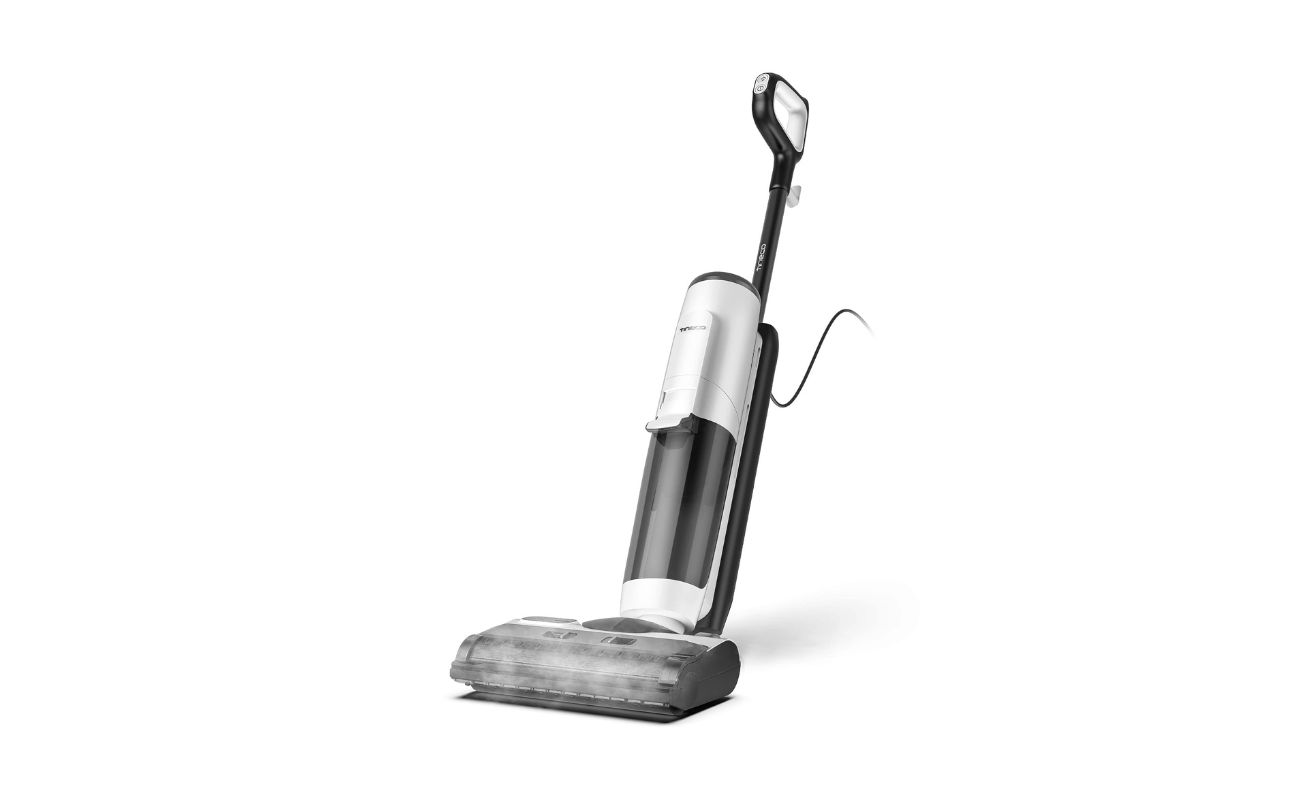
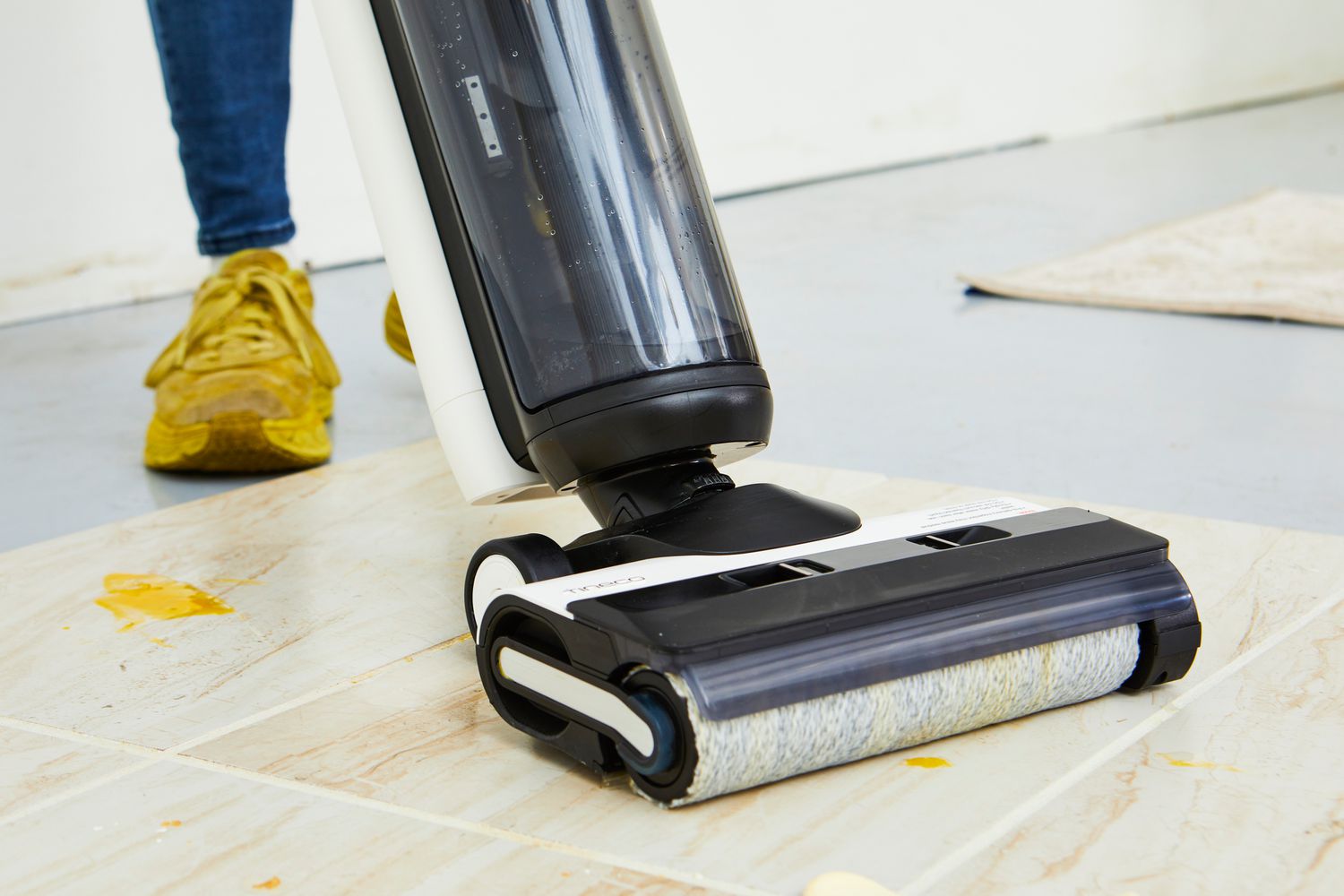
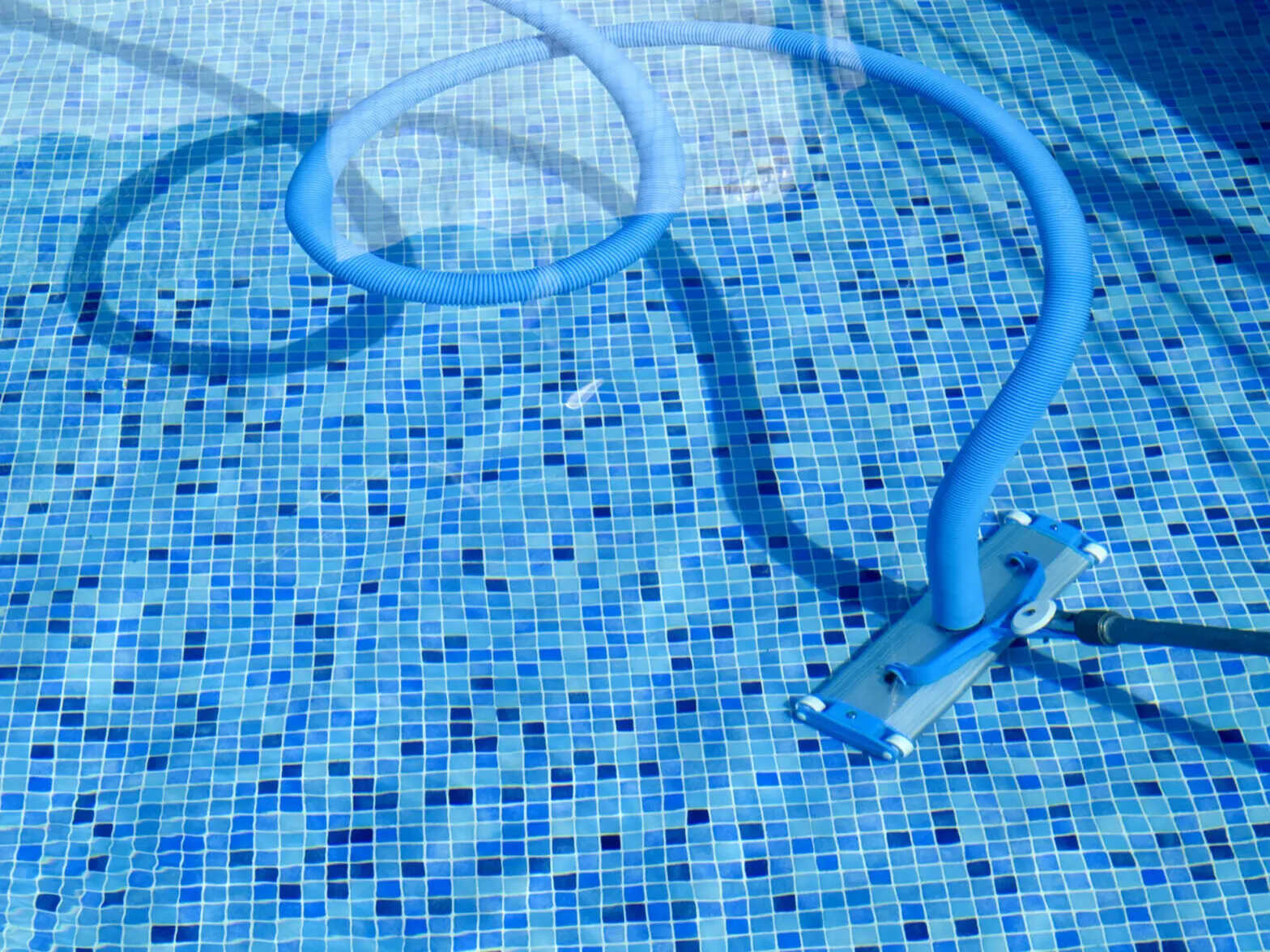

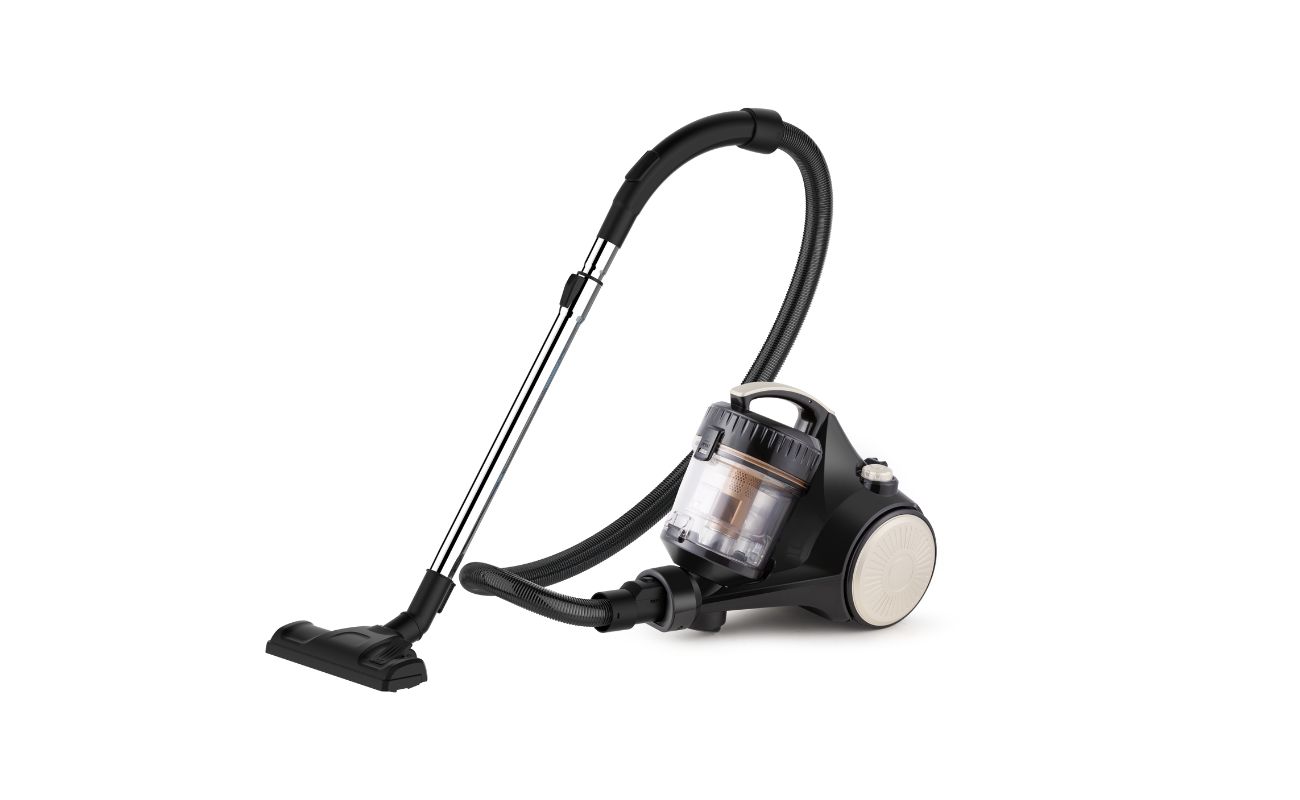

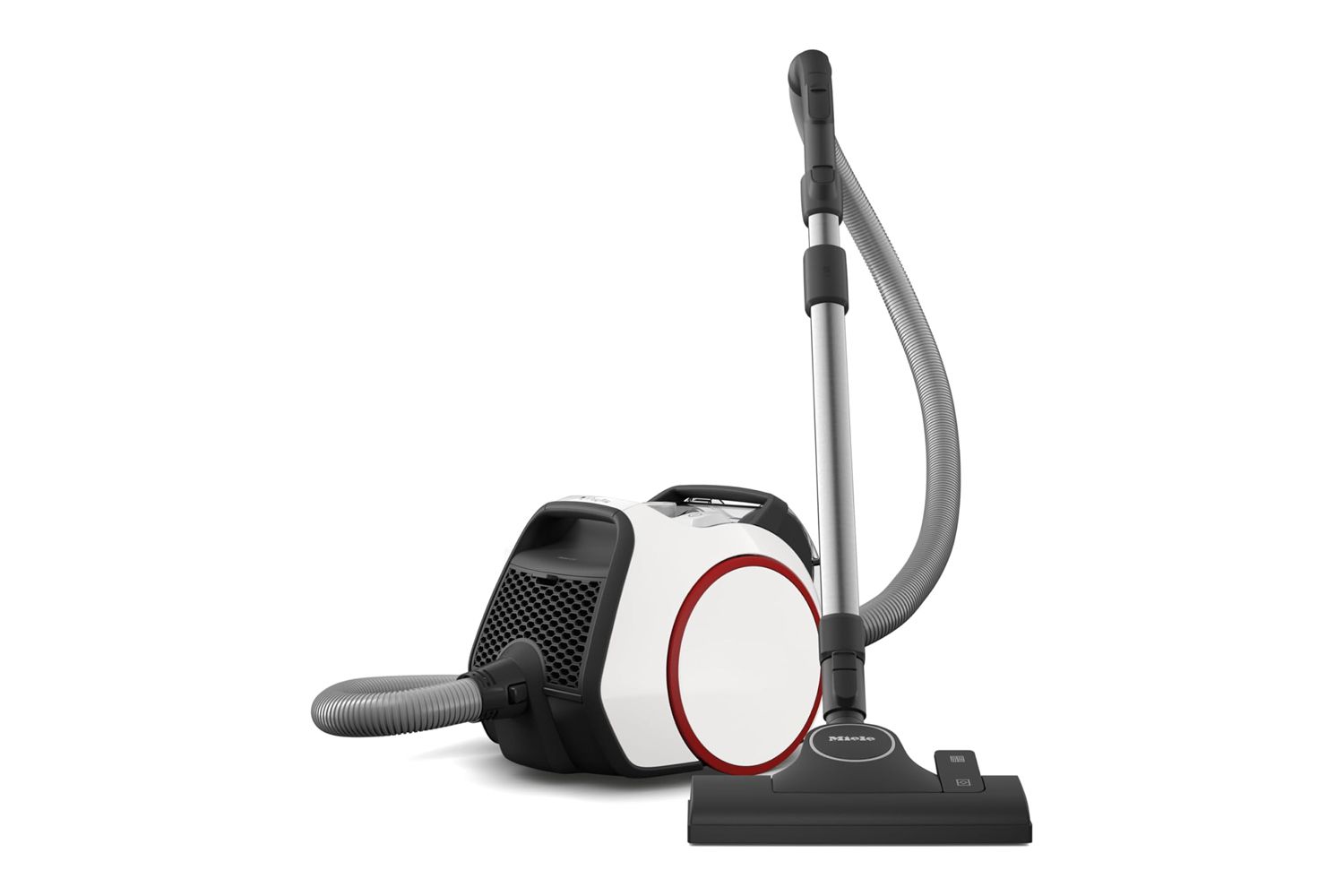
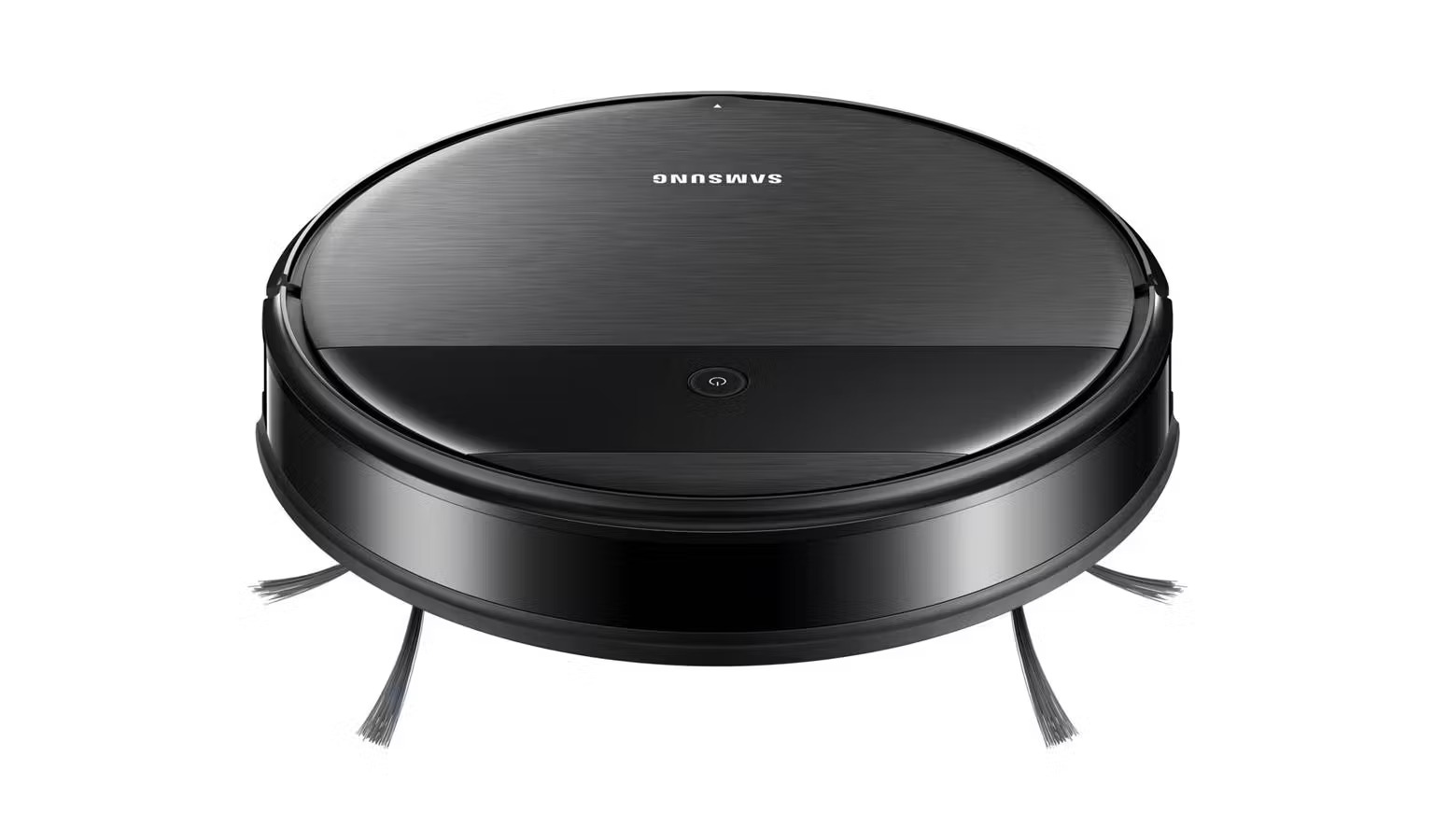
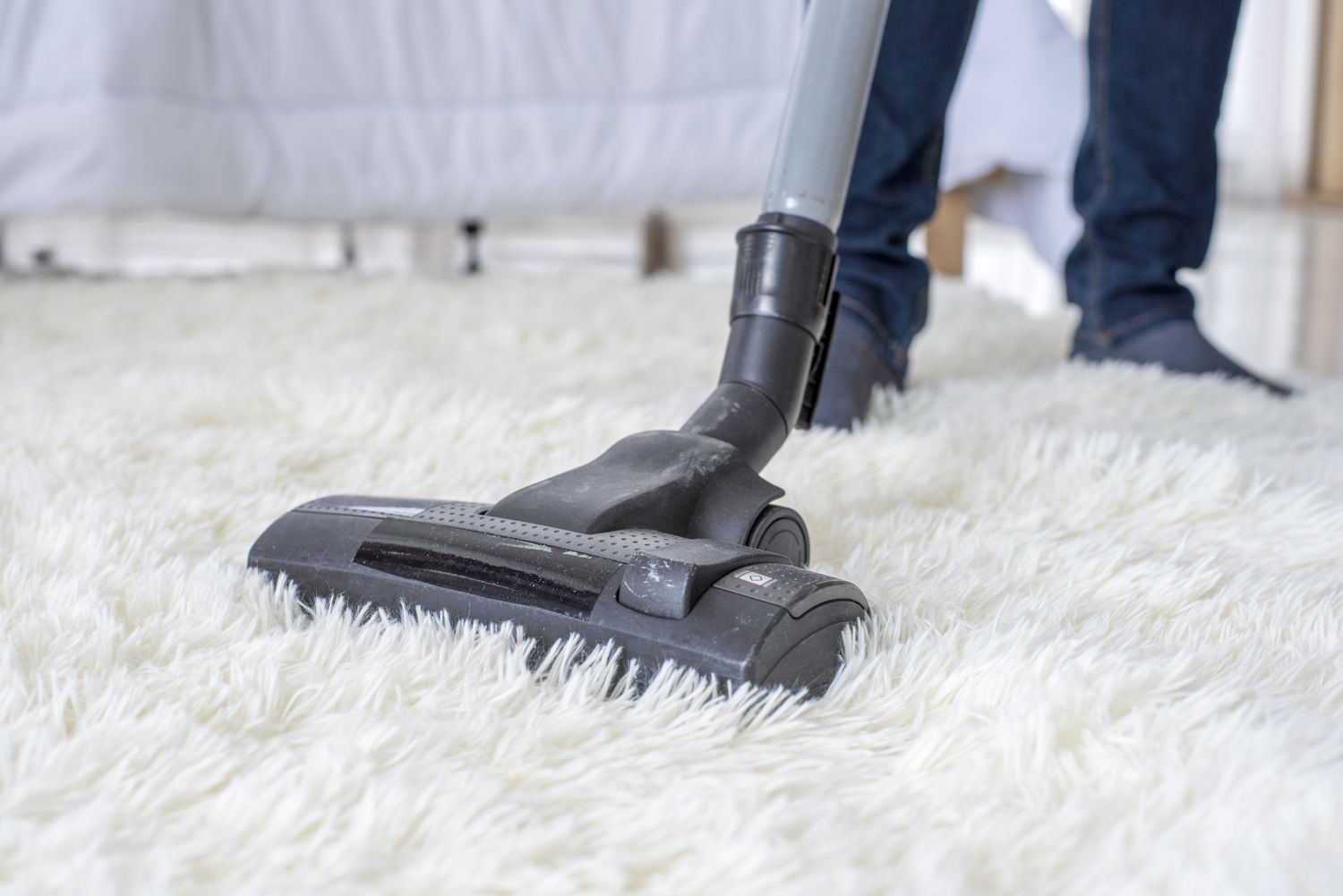

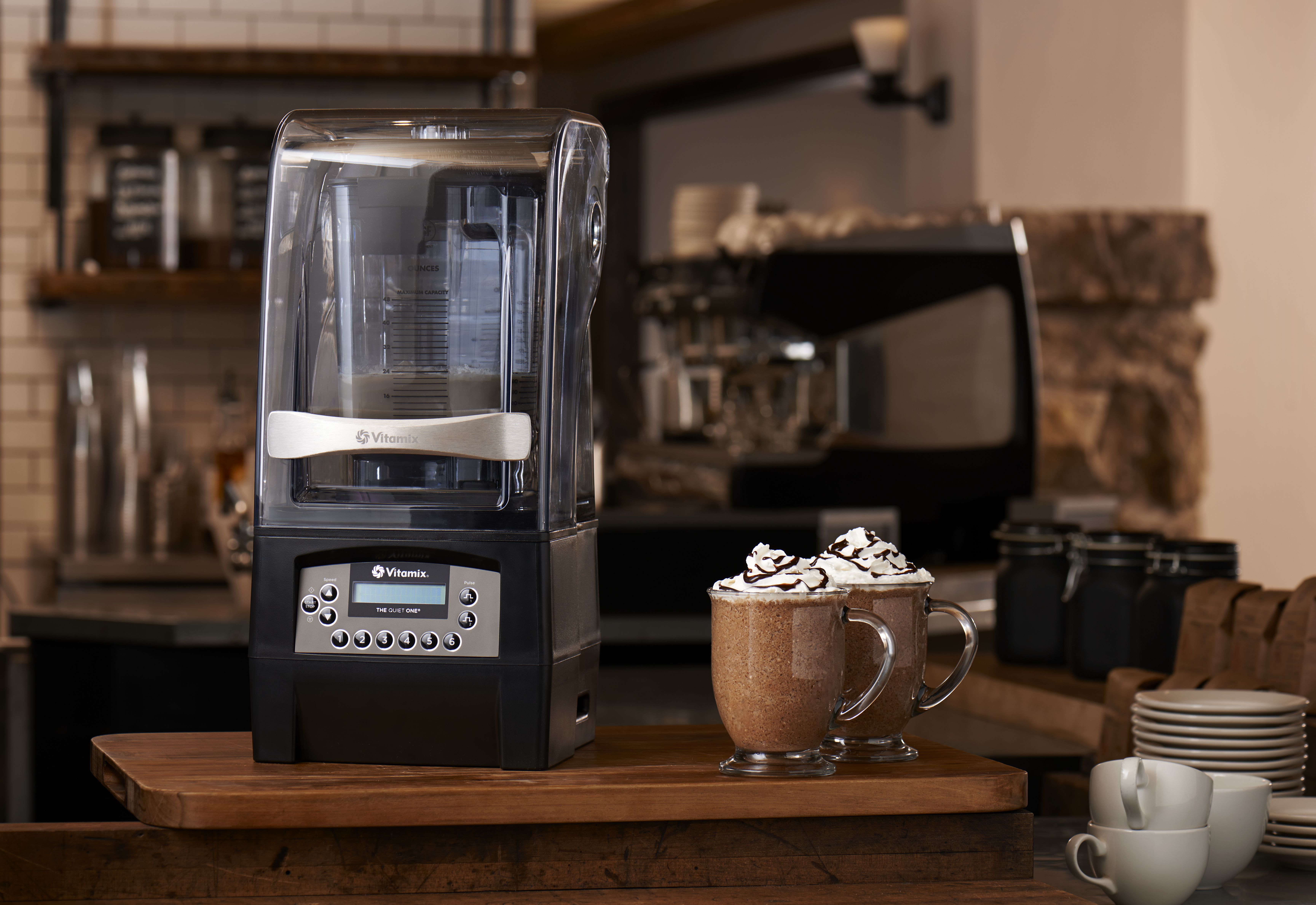

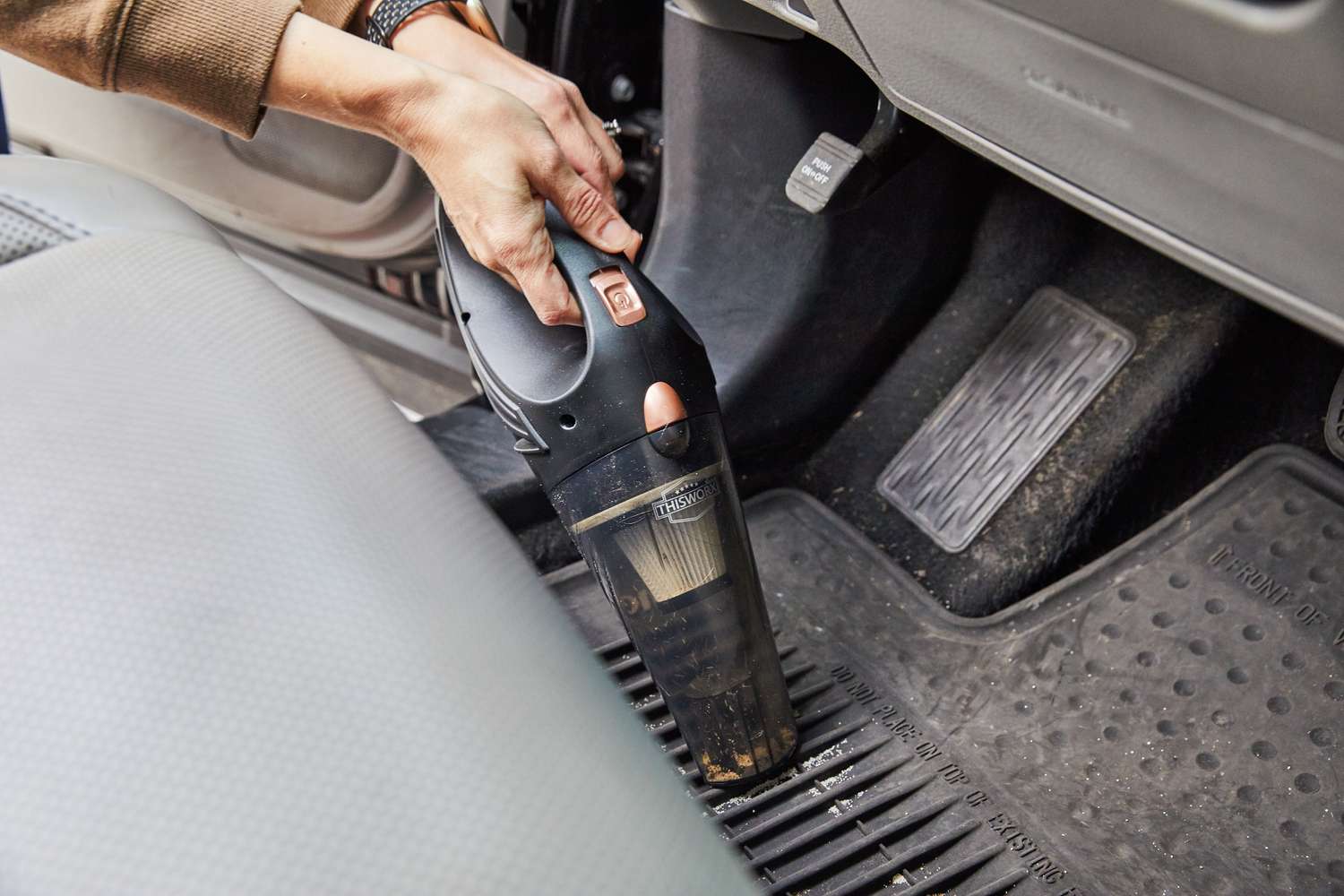
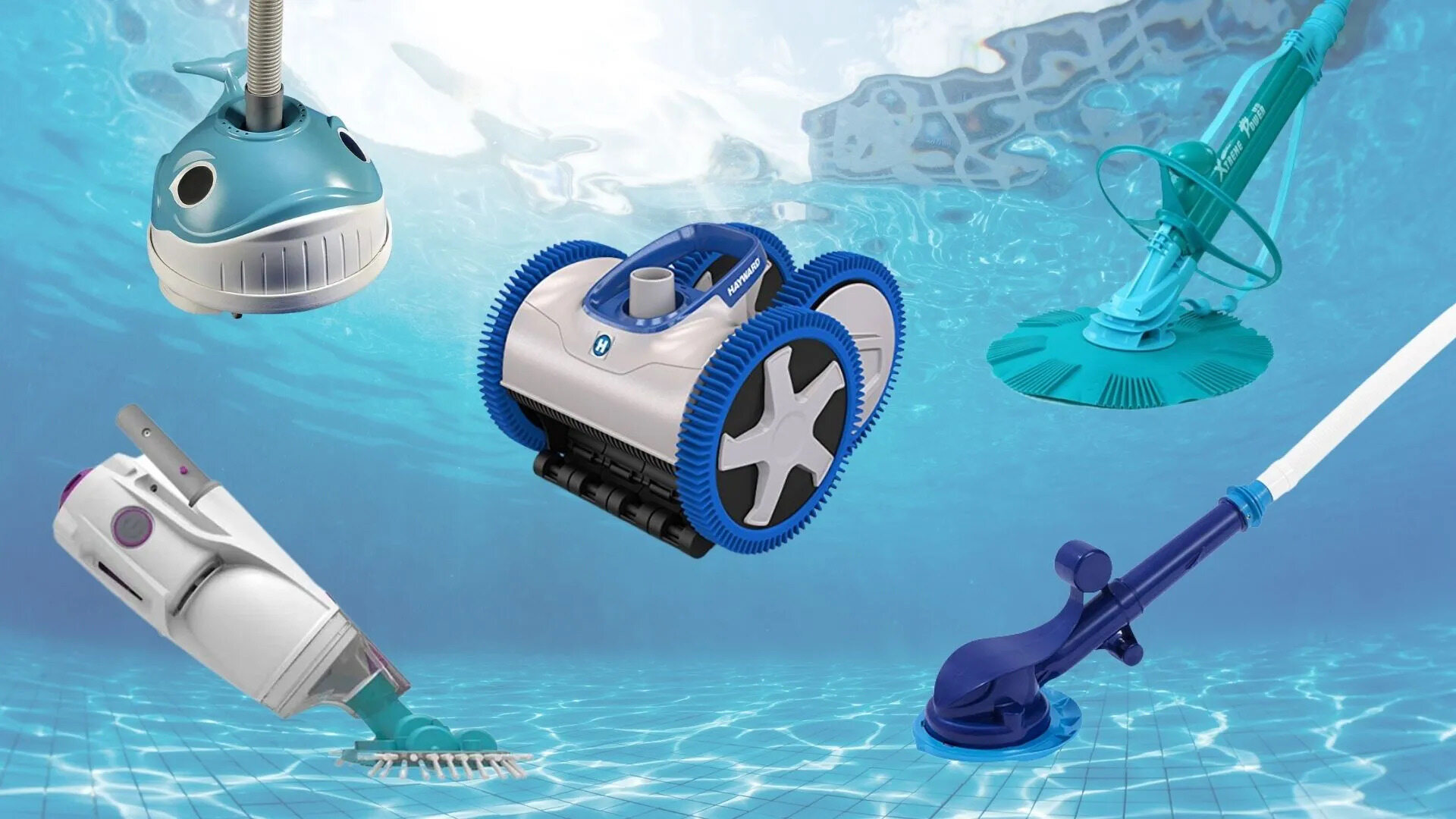

0 thoughts on “What Type Of Energy Does A Vacuum Cleaner Use”